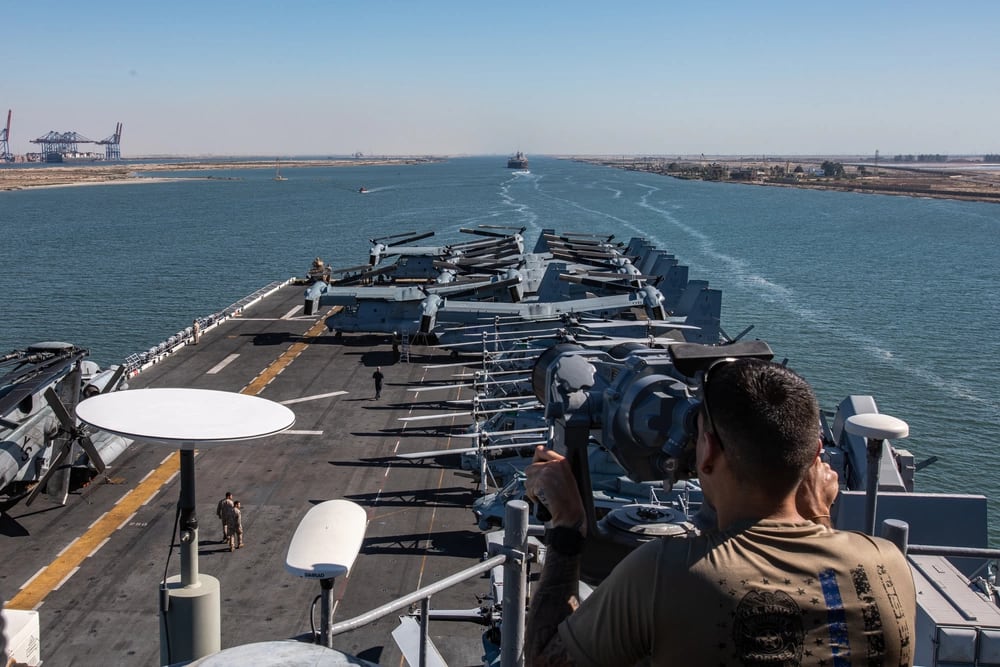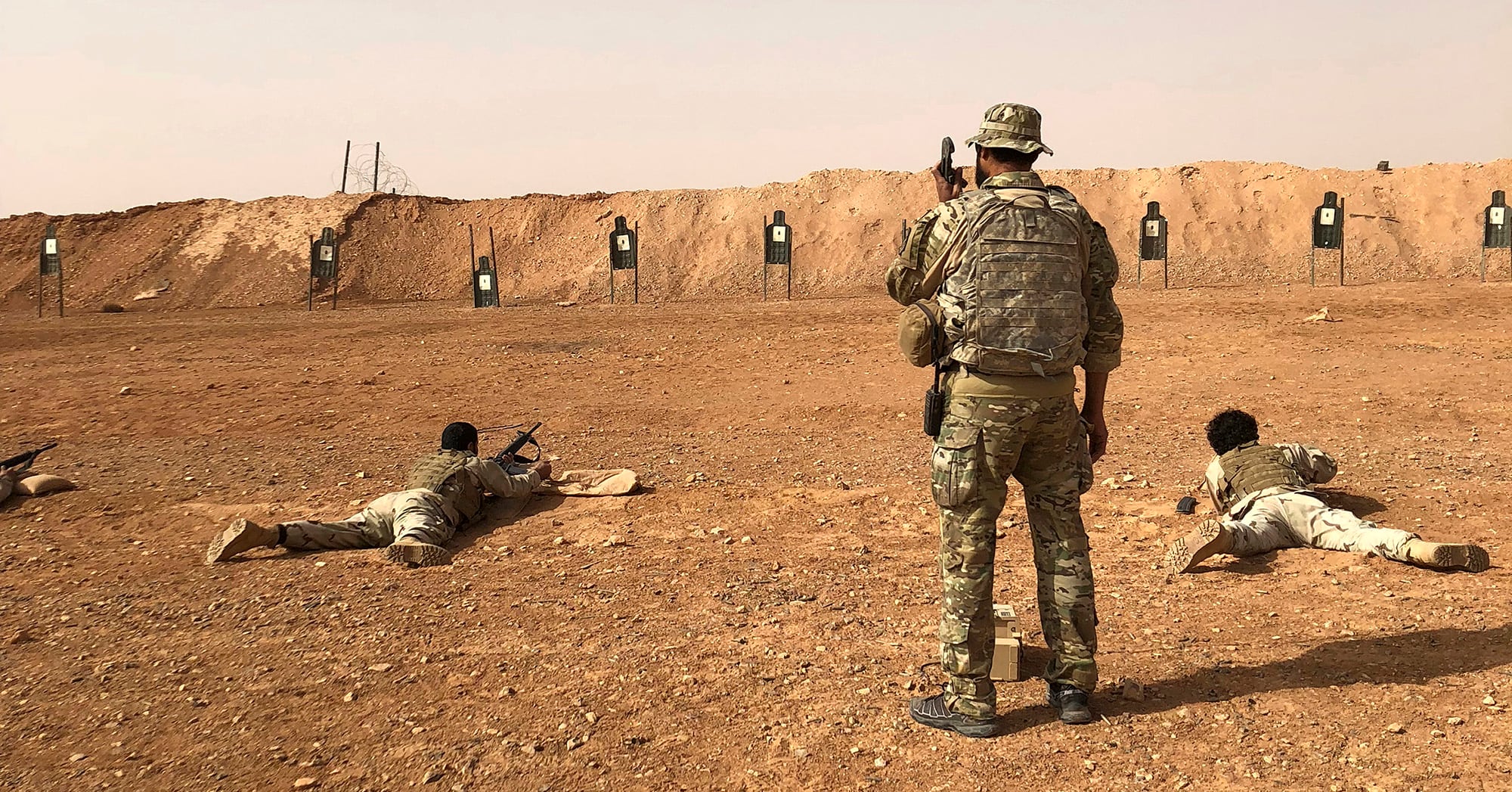The Pentagon on Monday announced that troops in Syria had shot down two more drones near al-Tanf garrison, bringing the total number of confirmed attacks on U.S. troops in Iraq and Syria over the past week to four.
As the U.S. moves assets around the Middle East to support Israel in its war against Hamas and deter attacks from other combatants, the number of attempts to strike U.S. troops nearby has increased sharply.
“They’ve been under an increase of attacks for the really for the last three days or so at various locations” throughout U.S. Central Command, a senior military official, who was not authorized to speak on the record, told reporters on Monday. “So, that is a clear indicator that additional force protection measures are needed and that’s what the secretary has ordered.”
The Pentagon is still compiling a complete list of recent attacks to share, the senior defense official told reporters.
In the wake of the Oct. 7 attack on Israel by Hamas, the U.S. ordered two carrier strike groups to the eastern Mediterranean Sea, along with an amphibious ready group with a Marine Expeditionary Unit. Various Air Force fighters were also moved to the region, and another 2,000 troops are on 24-hour prepare-to-deploy orders.
RELATED

Initially meant to deter further attacks on Israel, the moves are now part of a larger effort to protect U.S troops already in the region — including 2,500 personnel in Iraq and another 900 in Syria — for counter-ISIS missions.
Defense Secretary Lloyd Austin on Saturday also activated a Terminal High Altitude Area Defense battery and additional Patriot missile air defense battalions to locations in CENTCOM for U.S. force protection.
“We see a prospect for much more significant escalation against U.S. forces and personnel in the near term,” the senior defense official told reporters. “And let’s be clear about it: the road leads back to Iran. Iran funded, armed, equipped and trained militias and proxy forces all across the region.”
While U.S. troops in CENTCOM have seen occasional drone strikes in recent years, the past week has marked a significant uptick.
One U.S. contractor was killed earlier this year during a similar surge in attacks, prompting a retaliatory strike from U.S. forces. Defense officials have not said whether they plan to take that same action this time.
“Let me again reiterate what you’ve heard our most senior leaders in this government say: we always reserve the right to defend ourselves and we’ll never hesitate to take action when needed to protect our forces and our interests overseas,” the senior defense official said. “Any response will come at a time and manner of our choosing.”
Meghann Myers is the Pentagon bureau chief at Military Times. She covers operations, policy, personnel, leadership and other issues affecting service members.





